Performance
| High vibration level causes fatigue and premature failure. | Techniflo Controllers/Dampners absorb vibration and prolong equipment life. |
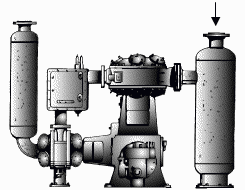 |
|
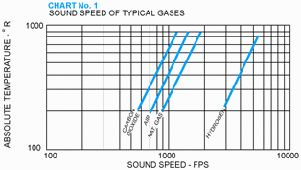 |
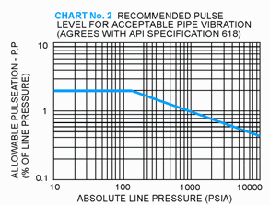 |
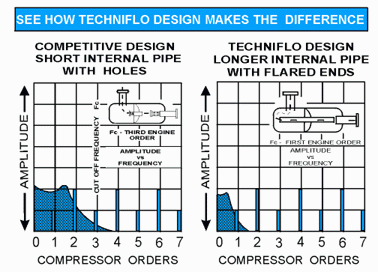
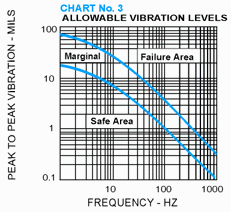
BENEFITS OF USING PULSATION DAMPENERS
Why Are Pulsation Dampeners Recommended? All reciprocating compressors emit pressure pulsations. Pressure pulsation causes pipe vibration, noise and adverse effects on cylinder performance. Pulsations, like noise, are broadcast out from the source. This means they travel opposite to the flow direction with the flow direction on the discharge. Pulsations are caused by the abrupt opening and closing of the valves at each stroke of the piston. Pressure pulsations are always present in the pipes leading to and from the compressor cylinder. Pulsations can be magnified (increased) by a resonant (tuned) length of inlet or discharge pipe. Pulsation can be also magnified by adding additional compressors into a system or by Helmholz effect, such as a receiver is placed in the system which has a natural acoustic frequency that coincides with a compressor excitation frequency. A reciprocating compressor without dampeners (bottles) can often generate pulsation magnitudes of 10 to 15 percent of line pressure. This level can be reduced to two (2) percent peak to peak or less by adding pulsation dampeners. Pulsation dampeners must be installed directly on the inlet and discharge of the cylinder. This is to avoid any chance of acoustic resonance between the compressor and the dampener. The use of expansion joints before or after pulsation dampeners is normally not recommended. Benefits Include:- Pulsation induced vibration of piping is eliminated or greatly reduced.
- Failures to pipe welds are eliminated when caued by pulsation.
- Noise is eliminated from air filters and surfaces of piping or structures that radiate noise.
- Compressor valve life is increased, (cylinder efficiency is enhanced).
- Aftercooler maintenance is reduced. (Stresses on tubes and baffles are reduced).
- Smoother running installation. (Pipe hangers and supports don’t vibrate loose from pulsations).
